Osprey Male In Nest photos by Larry Jordan
This is the male Osprey of the pair nesting atop the bridge I reported on at the end of March when they were mating. I wanted to follow up on the pair and their nestlings, now almost exactly two months later.
When I arrived I saw one of the adults standing on the edge of the nest as I drove under it. By the time I had parked the car and walked out on the bridge with my camera, it had flown so I concluded that they were no longer brooding the nestlings.
According to Birds of North America Online, both parents incubate the eggs but the female does the brooding, which is continuous for the first couple of weeks, then intermittent for a couple more.
Osprey may lay from 1 to 4 eggs but most of the time three, laid at two to three day intervals. The eggs are incubated for a month. So if this pair laid three eggs beginning on April 1st, the nestlings would be about four weeks old.
When this male flew back into the nest and looked around, he looked down at one point and shifted position. Like he was tending to nestlings, unseen by me.
Then he took off and I got a descent in-flight shot of him (my first in-flight digiscoped shot) although he was quite far off.
You can see in this flight shot that this is the male because he lacks the darker, more obvious necklace seen on the female in the previous post.
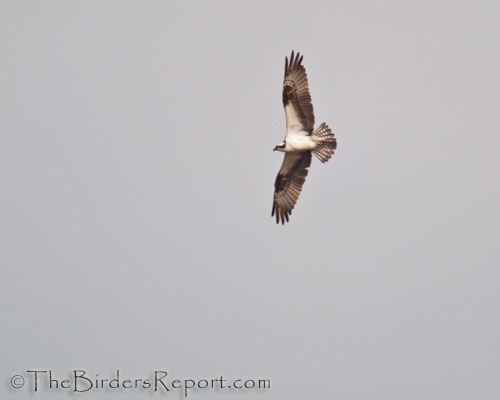
I observed no nestlings in the hour and a half I was there and the adult bird only visited the nest twice. Neither visit was for feeding the young. I was hoping they would pop their little heads up so I could see how many there were but no luck.
I will take another trip to the bridge soon. In the meantime, check out the other great Skywatch Friday posts.

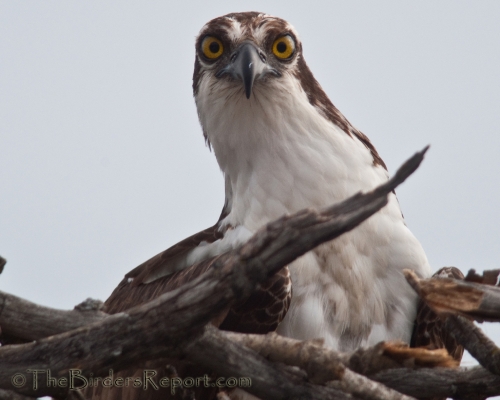
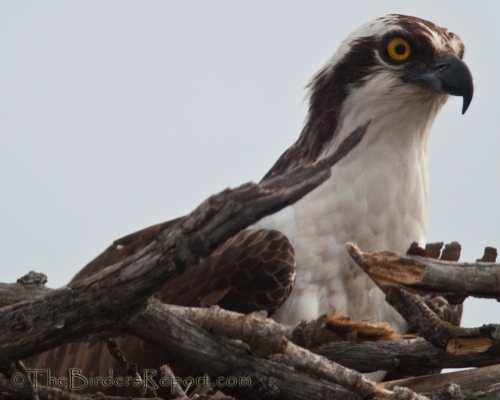
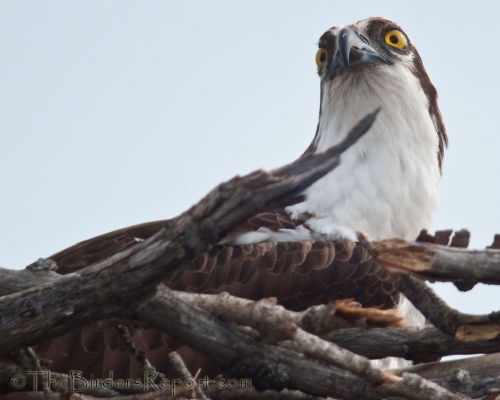
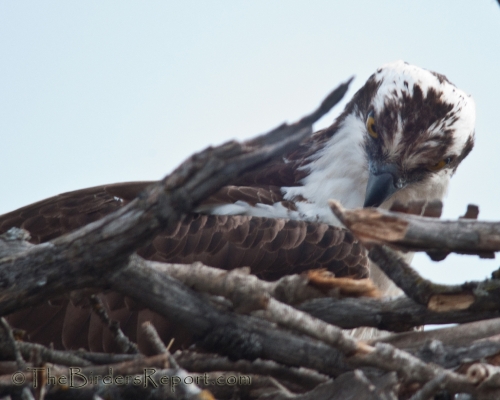
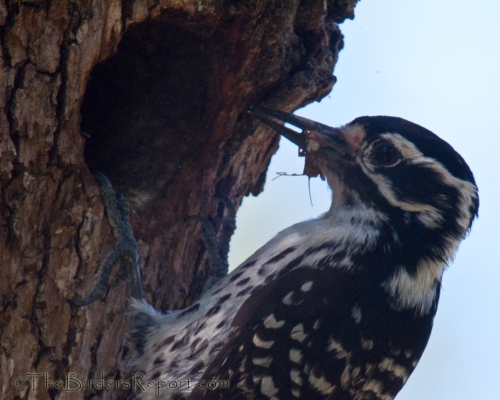
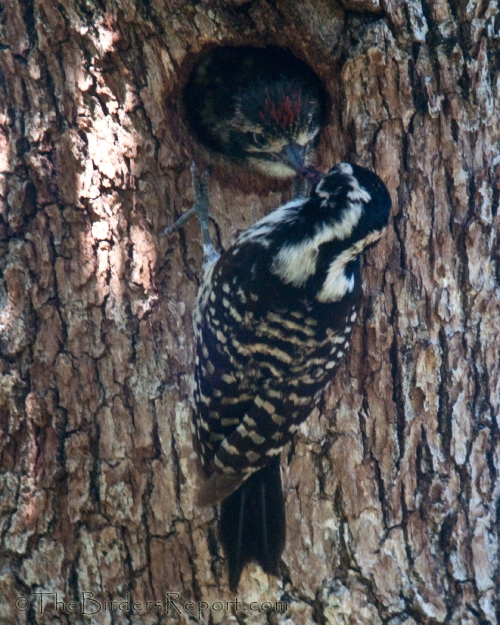
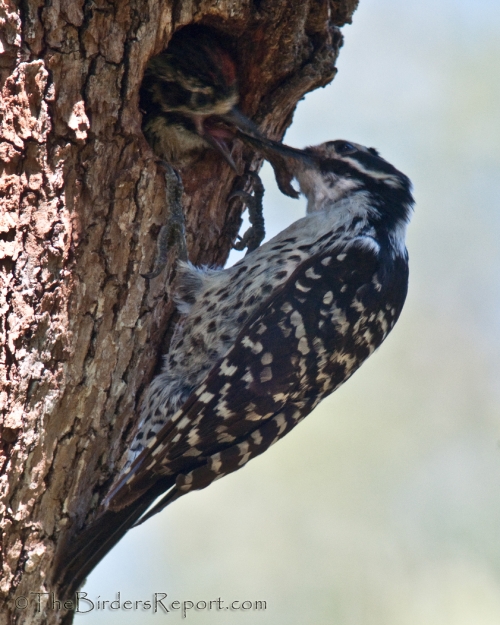
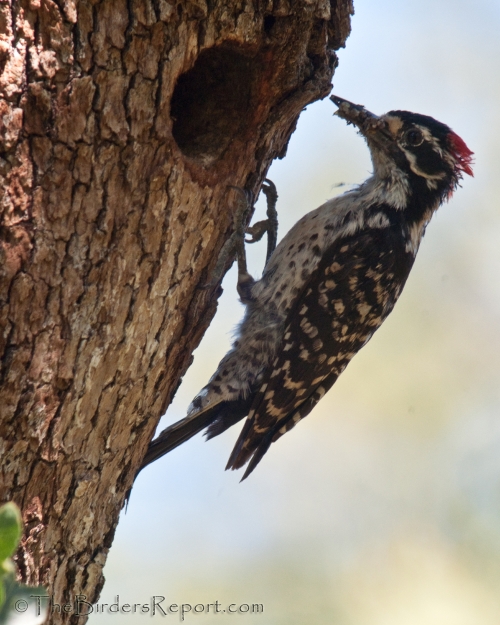
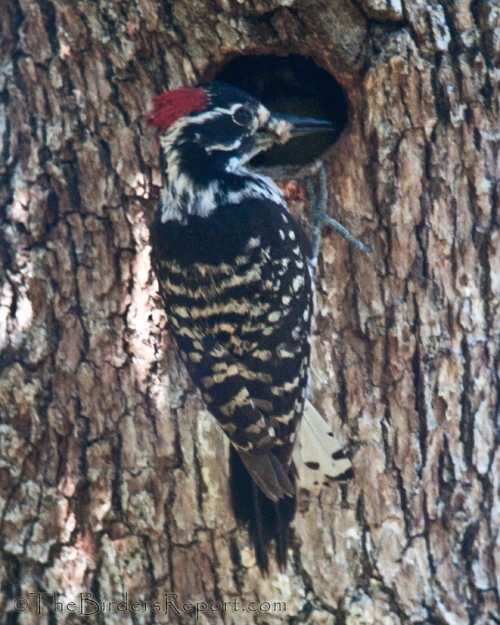
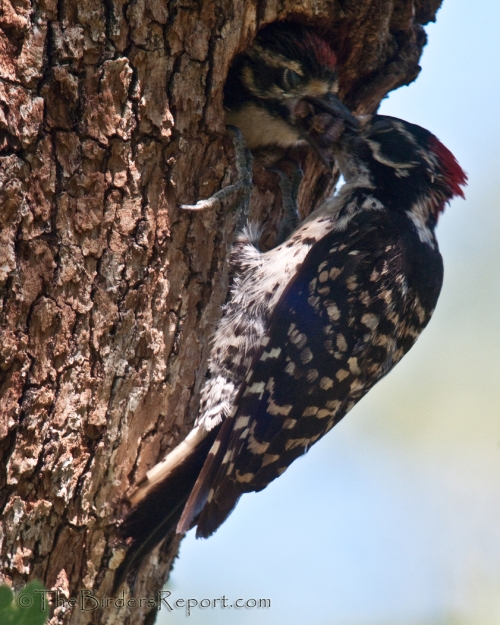
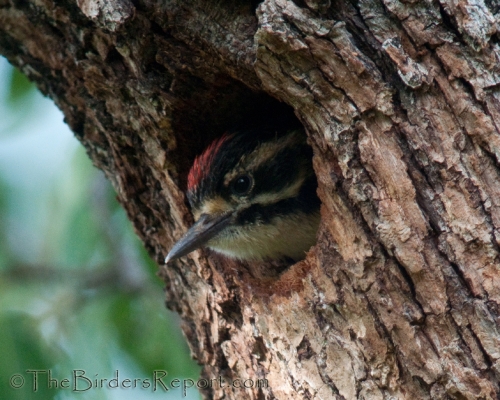
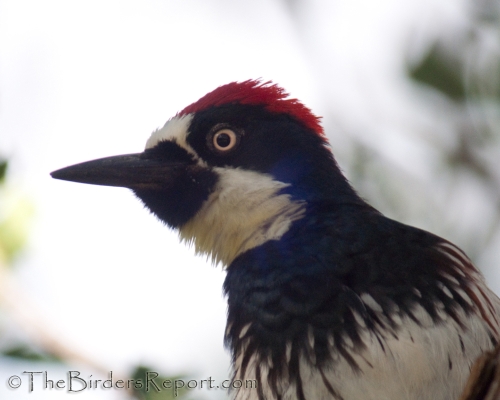
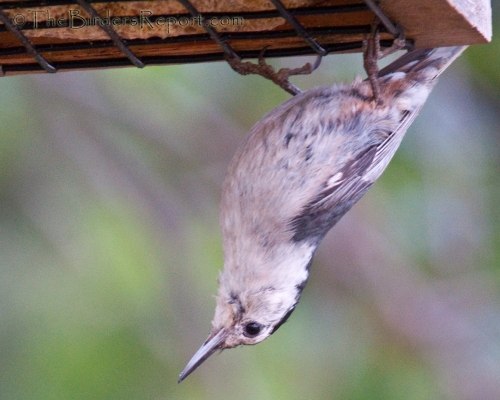
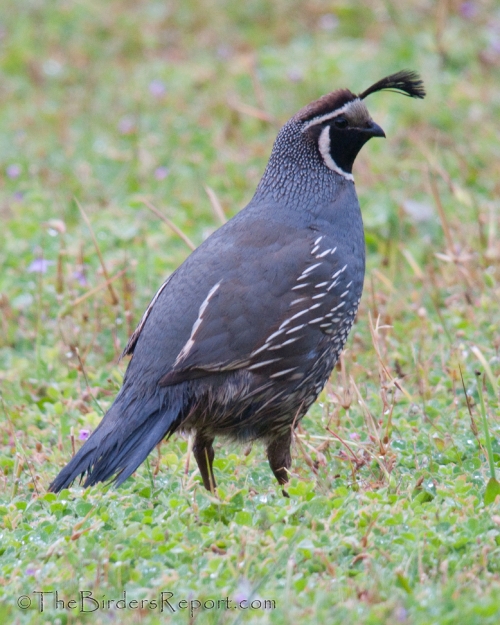
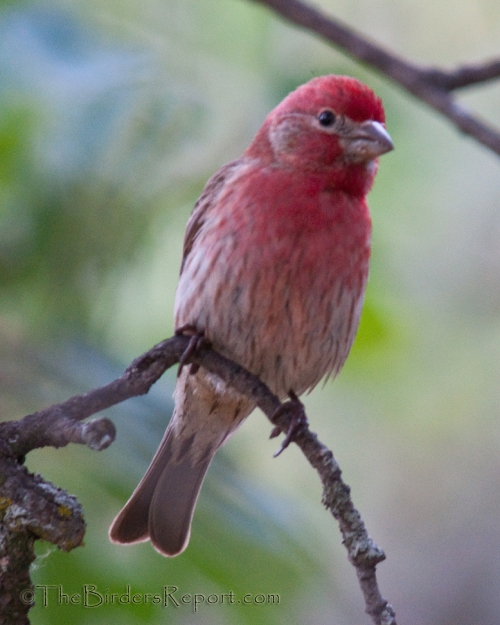
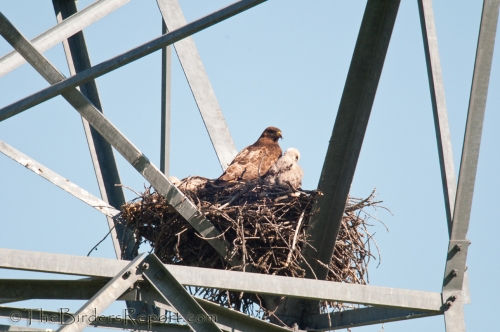
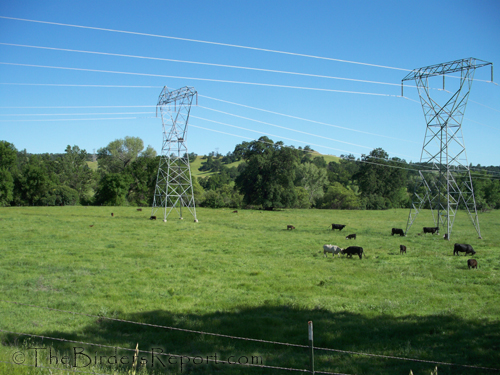
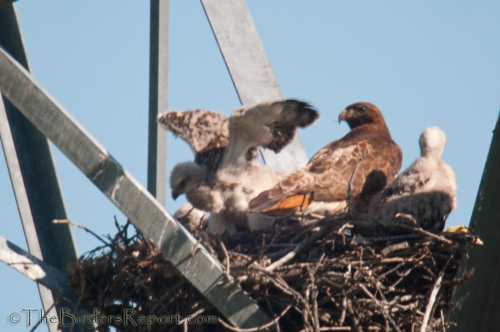
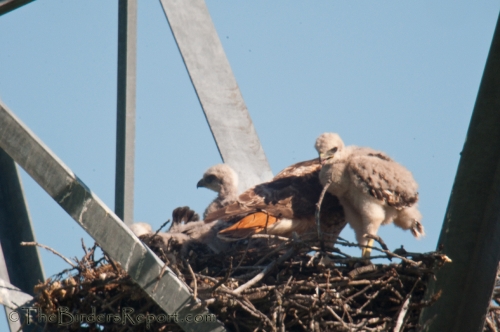
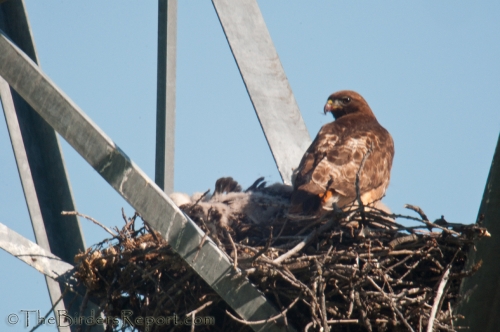
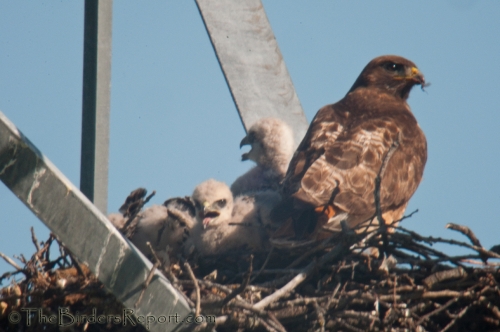
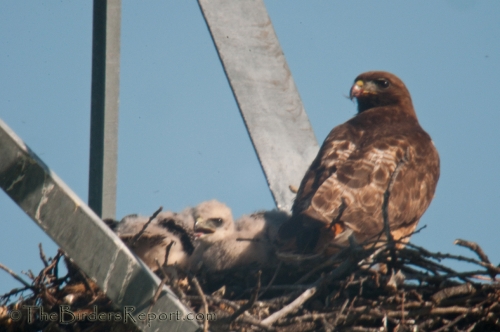



Social Media Connect